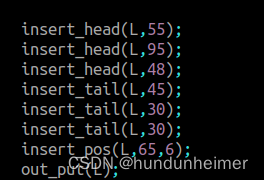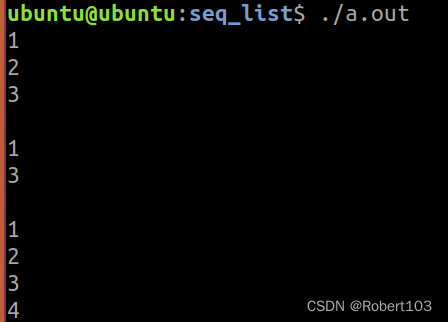作业要求:
1.使用GPIO子系统编写LED灯驱动,应用程序测试
2.注册三个按键的中断,只需要写内核代码
需要发布到CSDN
作业答案:
GPIO子系统:
代码效果:

应用程序:
#include<stdlib.h>
#include<stdio.h>
#include <sys/types.h>
#include <sys/stat.h>
#include <fcntl.h>
#include<unistd.h>
#include<string.h>
#include<sys/ioctl.h>
//创建功能码
#define LED_ON _IOW('l',1,int)
#define LED_OFF _IOW('l',0,int)
int main(int argc, char const *argv[])
{
int a,b;
int fd=open("/dev/myled0",O_RDWR);
if(fd<0)
{
printf("打开设备文件失败\n");
exit(-1);
}
while(1)
{
//从终端读取
printf("请输入要实现的功能\n");
printf("0(关灯) 1(开灯)\n");
printf("请输入>");
scanf("%d",&a);
printf("请输入要控制的灯\n");
printf("1(LED1) 2(LED2) 3(LED3)\n");
printf("请输入>");
scanf("%d",&b);
switch(a)
{
case 1:
ioctl(fd,LED_ON,b);
break;
case 0:
ioctl(fd,LED_OFF,b);
break;
}
}
close(fd);
return 0;
}驱动程序:
#include <linux/init.h>
#include <linux/module.h>
#include <linux/of.h>
#include <linux/of_gpio.h>
#include <linux/gpio.h>
#include <linux/timer.h>
#include <linux/interrupt.h>
#include <linux/of_irq.h>
int major;
char kbuf[128] = {0};
struct class *cls;
struct device *dev;
struct gpio_desc *gpiono1; // led1设备号
struct gpio_desc *gpiono2; // led2设备号
struct gpio_desc *gpiono3; // led3设备号
struct device_node *dnode; // 保存解析到的设备树节点地址
// 创建功能码
#define LED_ON _IOW('l', 1, int)
#define LED_OFF _IOW('l', 0, int)
int mycdev_open(struct inode *inode, struct file *file)
{
printk("%s:%s:%d\n", __FILE__, __func__, __LINE__);
return 0;
}
ssize_t mycdev_read(struct file *file, char *ubuf, size_t size, loff_t *lof)
{
printk("%s:%s:%d\n", __FILE__, __func__, __LINE__);
unsigned long ret;
// 向用户空间读取拷贝
if (size > sizeof(kbuf)) // 用户空间期待读取的大小内核满足不了,那就给内核支持的最大大小
size = sizeof(kbuf);
ret = copy_to_user(ubuf, kbuf, size);
if (ret) // 拷贝失败
{
printk("copy_to_user filed\n");
return ret;
}
return 0;
}
ssize_t mycdev_write(struct file *file, const char *ubuf, size_t size, loff_t *lof)
{
unsigned long ret;
// 从用户空间读取数据
if (size > sizeof(kbuf)) // 用户空间期待读取的大小内核满足不了,那就给内核支持的最大大小
size = sizeof(kbuf);
ret = copy_from_user(kbuf, ubuf, size);
if (ret) // 拷贝失败
{
printk("copy_to_user filed\n");
return ret;
}
return 0;
}
long mycdev_ioctl(struct file *file, unsigned int cmd, unsigned long arg)
{
switch (cmd)
{
case LED_ON:
switch (arg)
{
case 1:
gpiod_set_value(gpiono1, 1);
break;
case 2:
gpiod_set_value(gpiono2, 1);
break;
case 3:
gpiod_set_value(gpiono3, 1);
break;
}
break;
case LED_OFF:
switch (arg)
{
case 1:
gpiod_set_value(gpiono1, 0);
break;
case 2:
gpiod_set_value(gpiono2, 0);
break;
case 3:
gpiod_set_value(gpiono3, 0);
break;
}
break;
}
return 0;
}
int mycdev_close(struct inode *inode, struct file *file)
{
printk("%s:%s:%d\n", __FILE__, __func__, __LINE__);
return 0;
}
// 定义操作方法结构体变量并赋值
struct file_operations fops = {
.open = mycdev_open,
.read = mycdev_read,
.write = mycdev_write,
.unlocked_ioctl = mycdev_ioctl,
.release = mycdev_close,
};
static int __init mycdev_init(void)
{
// 字符设备驱动注册
major = register_chrdev(0, "mychrdev", &fops);
if (major < 0)
{
printk("字符设备驱动注册失败\n");
return major;
}
printk("字符设备驱动注册成功:major=%d\n", major);
// 向上提交目录
cls = class_create(THIS_MODULE, "mychrdev");
if (IS_ERR(cls))
{
printk("向上提交目录失败\n");
return -PTR_ERR(cls);
}
printk("向上提交目录成功\n");
// 向上提交设备节点信息
int i; // 向上提交三次设备节点信息
for (i = 0; i < 3; i++)
{
dev = device_create(cls, NULL, MKDEV(major, i), NULL, "myled%d", i);
if (IS_ERR(dev))
{
printk("向上提交设备节点失败\n");
return -PTR_ERR(dev);
}
}
printk("向上提交设备节点成功\n");
// 解析LED灯设备树节点
dnode = of_find_node_by_path("/myled");
if (dnode == NULL)
{
printk("解析设备树节点失败\n");
return -ENXIO;
}
printk("解析设备树节点成功\n");
// 解析LED1的gpio编号
gpiono1 = gpiod_get_from_of_node(dnode, "led1-gpio", 0, GPIOD_OUT_LOW, NULL);
if (gpiono1 == NULL)
{
printk("解析gpio编号失败\n");
return -ENXIO;
}
printk("解析gpio编号成功\n");
// 解析LED2的gpio编号
gpiono2 = gpiod_get_from_of_node(dnode, "led2-gpio", 0, GPIOD_OUT_LOW, NULL);
if (gpiono2 == NULL)
{
printk("解析gpio编号失败\n");
return -ENXIO;
}
printk("解析gpio编号成功\n");
// 解析LED3的gpio编号
gpiono3 = gpiod_get_from_of_node(dnode, "led3-gpio", 0, GPIOD_OUT_LOW, NULL);
if (gpiono3 == NULL)
{
printk("解析gpio编号失败\n");
return -ENXIO;
}
printk("解析gpio编号成功\n");
return 0;
}
static void __exit mycdev_exit(void)
{
// 销毁设备节点信息
device_destroy(cls, MKDEV(major, 0));
// 销毁设备节点信息
int i;
for (i = 0; i < 3; i++)
{
device_destroy(cls, MKDEV(major, i));
}
// 释放gpio编号
gpiod_put(gpiono1);
gpiod_put(gpiono2);
gpiod_put(gpiono3);
// 销毁目录
class_destroy(cls);
// 注销字符设备驱动
unregister_chrdev(major, "mychrdev");
}
module_init(mycdev_init);
module_exit(mycdev_exit);
MODULE_LICENSE("GPL");中断子系统:
代码效果:

驱动程序:
#include <linux/init.h>
#include <linux/module.h>
#include <linux/of.h>
#include <linux/of_gpio.h>
#include <linux/gpio.h>
#include <linux/timer.h>
#include <linux/interrupt.h>
#include <linux/of_irq.h>
/*myirq{
compatible = "hqyj,myirq";
interrupt-parent = <&gpiof>;
interrupts=<9 0>,<7 0>,<8 0>;
};
*/
struct device_node *dnode_led; // 保存解析到的led设备树节点地址
struct device_node *dnode_int; // 保存解析到的中断设备树节点地址
unsigned int irqno1; // 按键1软中断号
unsigned int irqno2; // 按键2软中断号
unsigned int irqno3; // 按键3软中断号
struct gpio_desc *gpiono1; // led1设备号
struct gpio_desc *gpiono2; // led2设备号
struct gpio_desc *gpiono3; // led3设备号
// 中断处理函数1
irqreturn_t myirq_handler1(int irq, void *dev)
{
printk("key1_intc\n");
//关灯三 开灯一
gpiod_set_value(gpiono3, 0);
gpiod_set_value(gpiono1, 1);
return IRQ_HANDLED;
}
// 中断处理函数2
irqreturn_t myirq_handler2(int irq, void *dev)
{
printk("key2_intc\n");
//关灯一 开灯二
gpiod_set_value(gpiono1, 0);
gpiod_set_value(gpiono2, 1);
return IRQ_HANDLED;
}
// 中断处理函数3
irqreturn_t myirq_handler3(int irq, void *dev)
{
printk("key3_intc\n");
//关灯二 开灯三
gpiod_set_value(gpiono2, 0);
gpiod_set_value(gpiono3, 1);
return IRQ_HANDLED;
}
static int __init mycdev_init(void)
{
// 解析按键的设备树节点
dnode_int = of_find_compatible_node(NULL, NULL, "hqyj,myirq");
if (dnode_int == NULL)
{
printk("解析设备树节点失败\n");
return -ENXIO;
}
printk("解析设备树节点成功\n");
// 解析LED灯设备树节点
dnode_led = of_find_node_by_path("/myled");
if (dnode_led == NULL)
{
printk("解析设备树节点失败\n");
return -ENXIO;
}
printk("解析设备树节点成功\n");
// 解析按键1的软中断号
irqno1 = irq_of_parse_and_map(dnode_int, 0);
if (!irqno1)
{
printk("解析按键1软中断号失败\n");
return -ENXIO;
}
printk("解析按键1软中断号成功%d\n", irqno1);
// 解析按键2的软中断号
irqno2 = irq_of_parse_and_map(dnode_int, 1);
if (!irqno2)
{
printk("解析按键2软中断号失败\n");
return -ENXIO;
}
printk("解析按键2软中断号成功%d\n", irqno2);
// 解析按键3的软中断号
irqno3 = irq_of_parse_and_map(dnode_int, 2);
if (!irqno3)
{
printk("解析按键3软中断号失败\n");
return -ENXIO;
}
printk("解析按键3软中断号成功%d\n", irqno3);
// 注册按键1中断
int ret1 = request_irq(irqno1, myirq_handler1, IRQF_TRIGGER_FALLING, "key1", (void *)1);
if (ret1)
{
printk("中断注册失败\n");
return ret1;
}
printk("中断注册成功\n");
// 注册按键2中断
int ret2 = request_irq(irqno2, myirq_handler2, IRQF_TRIGGER_FALLING, "key2", (void *)2);
if (ret2)
{
printk("中断注册失败\n");
return ret2;
}
printk("中断注册成功\n");
// 注册按键3中断
int ret3 = request_irq(irqno3, myirq_handler3, IRQF_TRIGGER_FALLING, "key3", (void *)3);
if (ret3)
{
printk("中断注册失败\n");
return ret3;
}
printk("中断注册成功\n");
// 解析LED1的gpio编号
gpiono1 = gpiod_get_from_of_node(dnode_led, "led1-gpio", 0, GPIOD_OUT_LOW, NULL);
if (gpiono1 == NULL)
{
printk("解析gpio编号失败\n");
return -ENXIO;
}
printk("解析gpio编号成功\n");
// 解析LED2的gpio编号
gpiono2 = gpiod_get_from_of_node(dnode_led, "led2-gpio", 0, GPIOD_OUT_LOW, NULL);
if (gpiono2 == NULL)
{
printk("解析gpio编号失败\n");
return -ENXIO;
}
printk("解析gpio编号成功\n");
// 解析LED3的gpio编号
gpiono3 = gpiod_get_from_of_node(dnode_led, "led3-gpio", 0, GPIOD_OUT_LOW, NULL);
if (gpiono3 == NULL)
{
printk("解析gpio编号失败\n");
return -ENXIO;
}
printk("解析gpio编号成功\n");
return 0;
}
static void __exit mycdev_exit(void)
{
// 释放软中断号
free_irq(irqno1, (void *)1);
free_irq(irqno2, (void *)2);
free_irq(irqno3, (void *)3);
// 释放gpio编号
gpiod_put(gpiono1);
gpiod_put(gpiono2);
gpiod_put(gpiono3);
}
module_init(mycdev_init);
module_exit(mycdev_exit);
MODULE_LICENSE("GPL");
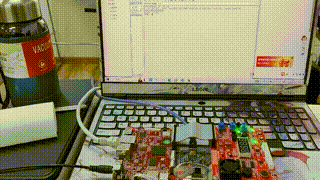



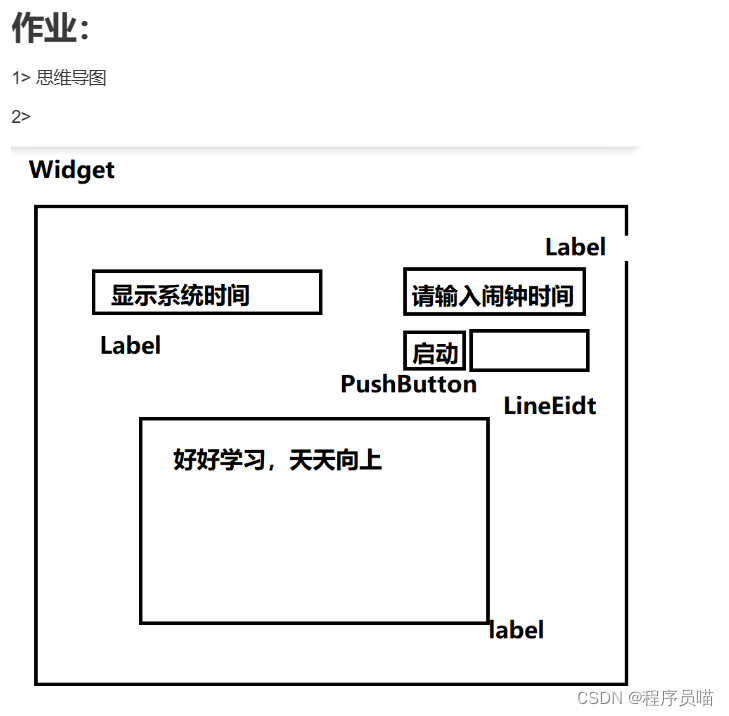





















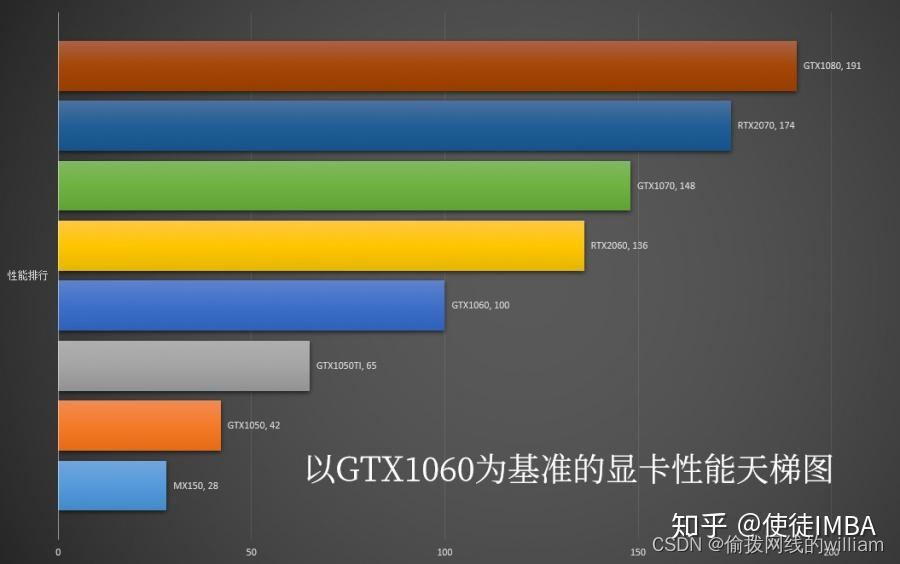

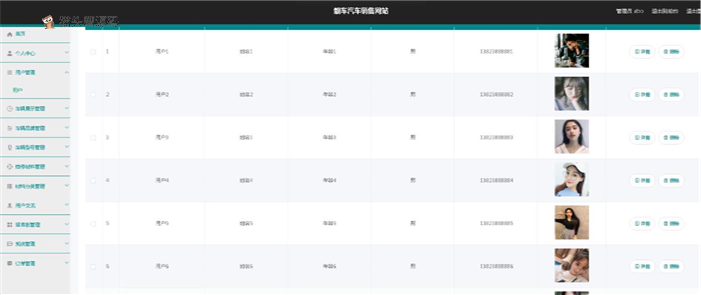
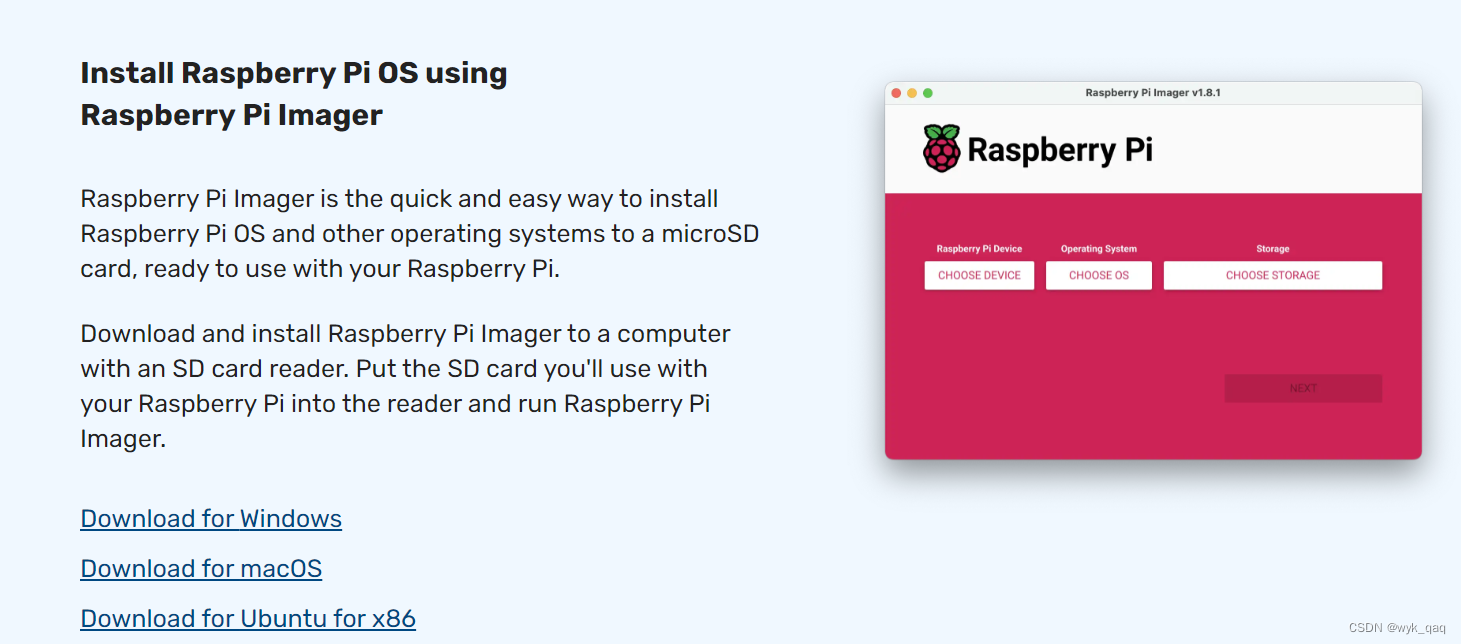
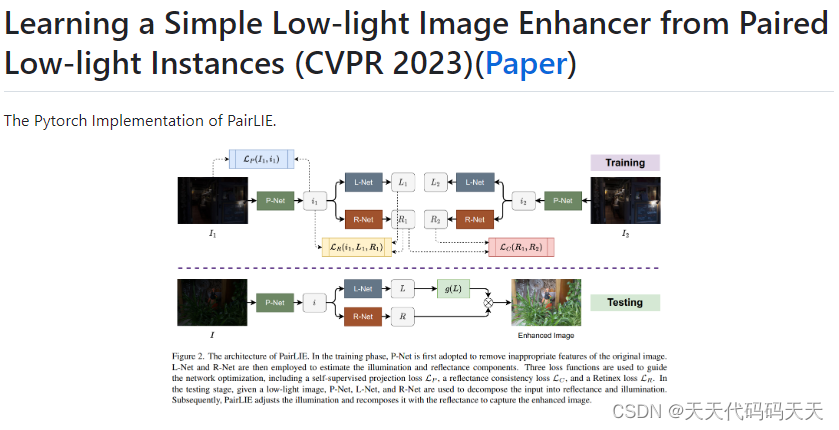











![[linux用户权限]changing permissions of ‘......’ Operation not permitted](https://img-blog.csdnimg.cn/direct/7403572582d74ce283b2991ed8ef863b.png)

